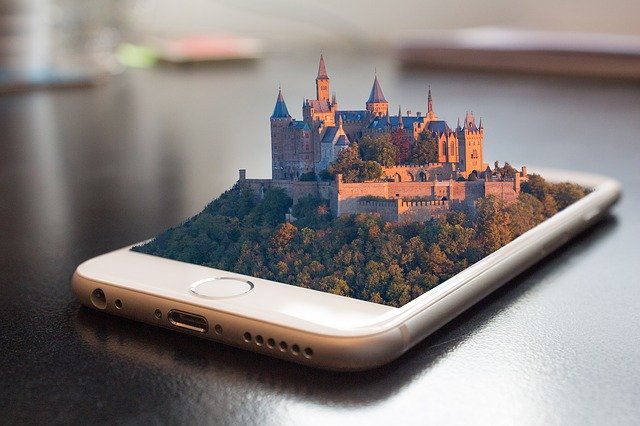2019 was an interesting year for iPhone app users. The iPhone 11 series of phones were released in late September with better displays, more powerful cameras, and improved battery capacity, allowing developers to create some compelling apps for users.
Meanwhile, 2020 is shaping up to be another fascinating year for the iPhone mobile app marketplace. Expect developers to take advantage of the new hardware to produce more useful and creative products for iOS mobile users.

Table of Contents
#1 Photo Editing and Camera Apps
The iPhone 11 Pro and the iPhone 11 Pro Max’s AI-powered triple-lens cameras were a generational leap for mobile camera technology, leaving competitors from Samsung, Huawei, and Google behind. The devices take great pictures, even in dim light, thanks to an excellent Night mode and a better Smart HDR.
While the vanilla iOS camera software is good, there’s still room for improvement. As a growing number of users who leave their digital cameras behind in favor of their iPhones can expect to see more robust photo editing and camera apps. Experts also predict to see more quick-fix photo editors that allow users to apply filters on the go.
#2 Better Performance
Swift is a powerful general-purpose and intuitive programming language used by iOS developers. The recently released Swift 5 is even more seamless. It’s expected to help developers create better and more stable apps.
Because of these updates, as a business owner, you can more easily turn your ideas into a product by partnering with developers that involve you in every phase of the design process to create smart and sexy apps that can help you reach your goals on the iOS marketplace.
#3 Machine Learning (ML)
An application of artificial intelligence (AI), machine learning (ML) helps apps learn from user patterns. With the introduction of Core ML2 to iOS 13, iPhone users will see smarter, more responsive, and more intuitive apps that take advantage of this technology. Here are some examples of apps using ML to improve user experience.
- Netflix uses ML algorithms to suggest shows for you to watch
- Tinder studies the swiping habits on your photos to put your most popular pictures first
- Snapchat uses AR and ML algorithms to improve its filters
- Google Maps analyzes your driving patterns to make your life easier on the road
- Dango helps you find your ideal emoji by studying your habits through ML
#4 Augmented Reality (AR)
While Virtual Reality (VR) creates an immersive experience that blocks the physical world, Augmented Reality (AR) enhances the physical world by adding digital elements. A basic example of AR would be Pokémon GO or certain Snapchat filters. A more advanced example would be the Holodeck from Star Trek.
Apple gave iPhone users a rudimentary taste of AR in 2017 with the iOS 11. Apple’s ARKit has since seen more developments that promise more powerful 3D and virtual-based mobile applications. And with Amazon partnering with Apple on AR, the iPhone has the potential to see powerful AR mobile apps in 2020. Check out the mobile app development company.
These are some interesting mobile tech trends Apple users can look forward to in 2020. With iPhone hardware and software improving constantly, we’re in for an exciting New Year.



